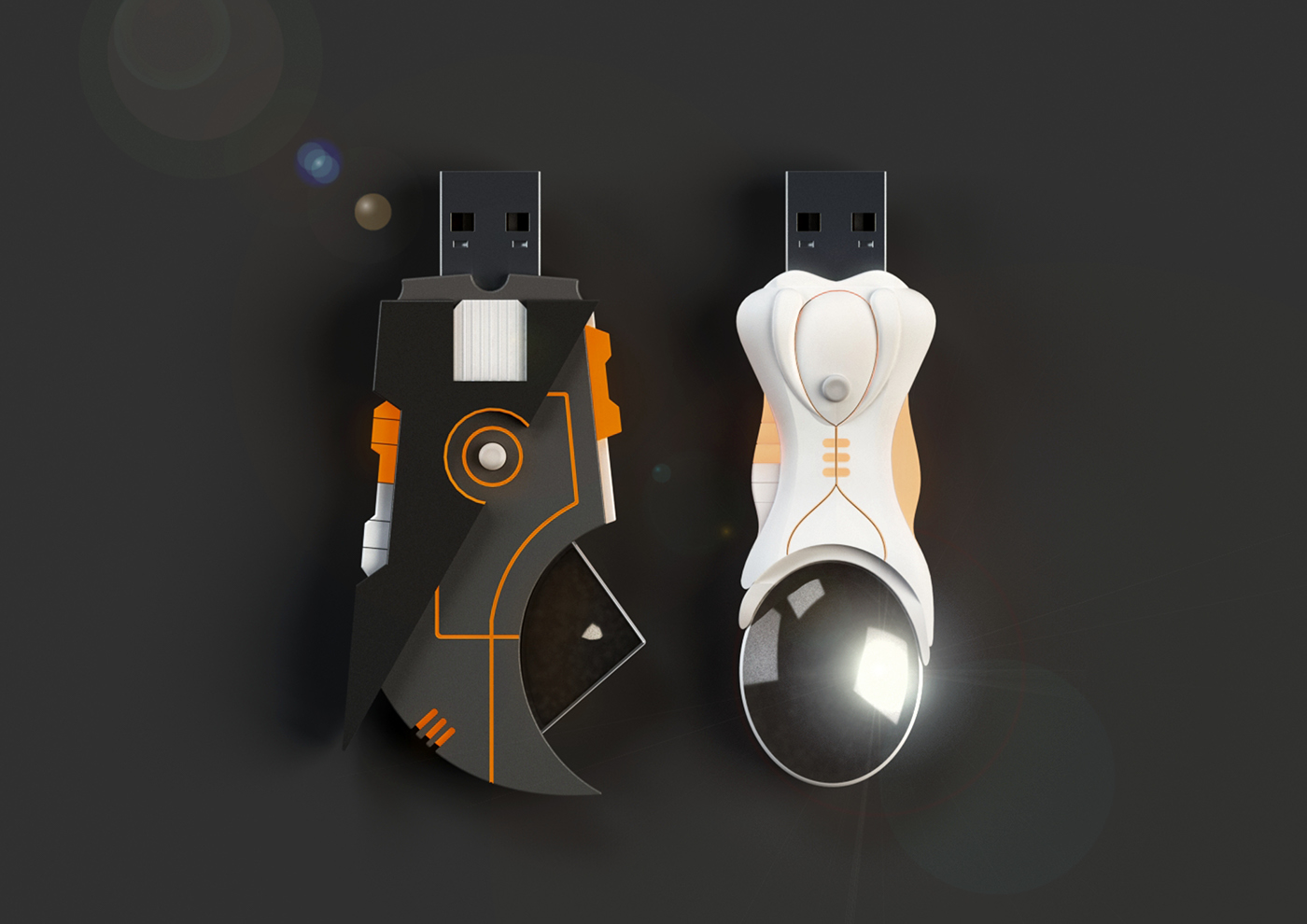
Image Source: Google
Prototyping is a crucial step in the product development process. It allows you to test your ideas, gather feedback, and iterate quickly before investing significant time and resources into building the final product. In this guide, we will explore essential prototyping techniques that can help you streamline your product development process and increase the chances of success. Refer Link: https://designanthology.com/.
The Importance of Prototyping in Product Development
Before diving into specific prototyping techniques, it's essential to understand why prototyping is crucial in product development:
- Prototyping helps visualize ideas and concepts.
- It allows for early feedback from users and stakeholders.
- Prototypes can uncover design flaws and usability issues early on.
- It helps to test functionality and gather data for improvements.
- Prototyping saves time and resources in the long run.
Types of Prototypes
There are various types of prototypes that serve different purposes in the product development process. Here are some common types of prototypes:
Low-Fidelity Prototypes
- Quick and inexpensive to create.
- Used for early concept validation and usability testing.
- May lack detailed functionality and visual design.
- Typically paper-based or digital wireframes.
High-Fidelity Prototypes
- More detailed and realistic representation of the final product.
- Includes interactive elements and visual design components.
- Used for advanced user testing and stakeholder presentations.
- Can be created with prototyping tools like Sketch, InVision, or Figma.
Functional Prototypes
- Focuses on testing specific features or functionalities.
- Often used for technical validation and performance testing.
- May include basic user interactions to simulate real-world usage.
- Helps to identify technical constraints and feasibility.
Effective Prototyping Techniques
Now that you understand the importance of prototyping and the different types available, let's delve into some effective techniques to enhance your prototyping process:
Start with Clear Objectives
- Define what you want to achieve with the prototype.
- Set specific goals such as testing a particular feature or gathering user feedback on a design element.
- Keep the objectives in mind throughout the prototyping process.
Involve Stakeholders Early
- Engage key stakeholders in the prototyping process from the beginning.
- Collect input and feedback to ensure the prototype aligns with business goals and user needs.
- Regularly update stakeholders on the progress and make revisions based on their feedback.
Iterate and Refine
- Prototyping is an iterative process – don't expect to get it right on the first try.
- Collect feedback, make improvements, and iterate on the prototype to refine the concept.
- Repeat this process until you achieve the desired outcome.
Test with Real Users
- Conduct user testing sessions with real users to gather valuable feedback.
- Observe how users interact with the prototype and identify pain points or usability issues.
- Use the insights from user testing to make informed design decisions.
Use the Right Tools
- Choose prototyping tools that align with your project requirements and team's expertise.
- Popular prototyping tools include Sketch, InVision, Adobe XD, Figma, and Proto.io.
- Utilize features like interactive elements, animations, and user flows to create a realistic prototype.
Conclusion
Effective prototyping is essential for successful product development. By incorporating the right prototyping techniques into your process, you can iterate quickly, gather valuable feedback, and ensure that your final product meets user needs and business objectives. Remember to start with clear objectives, involve stakeholders early, iterate and refine your prototype, test with real users, and use the right tools to bring your ideas to life.